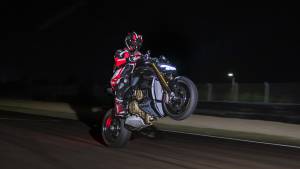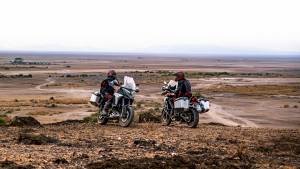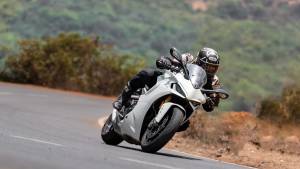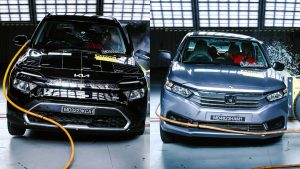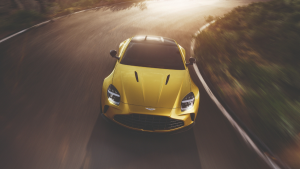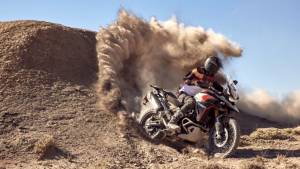Ducati Supersport vs Triumph Daytona 675R vs Ducati 959 Panigale, spec comparison
Ducati has started selling and delivering the Supersport and the Supersport S in India today with prices set at a competitive Rs 12.08 lakh and Rs 13.39 lakh for the models respectively. The Ducati Supersport S also comes in a fetching white hue that adds Rs 21,000 to the price tag. We have the full technical details of the Ducati Supersport in a separate story but this story begins with the idea that the Supersport is not an all-out sportsbike. The new Ducati is meant to be a milder, more versatile motorcycle and that is the reason why we decided to bring the Ducati 959 Panigale and the Triumph Daytona (no longer available though) to set some context.
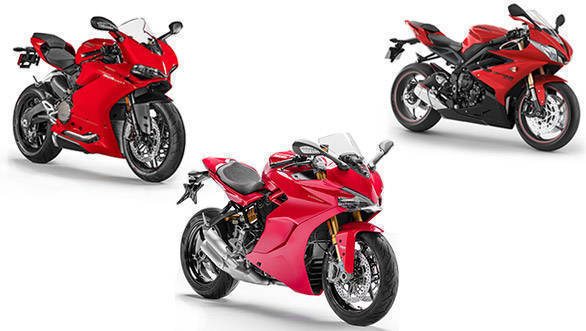 A quick look at how the Triumph 675, the Ducati 959 Panigale and the new Ducati Supersport compare in terms of role and engineeringtowards the role
A quick look at how the Triumph 675, the Ducati 959 Panigale and the new Ducati Supersport compare in terms of role and engineeringtowards the role
Powertrains
First take note of the engines. The power output of the smaller Daytona engine is very similar to that of the new Ducati, right? They're just 3PS apart. That is despite the fact that the displacement gap is over 250cc. There is also the matter of the Triumph having a extra cylinder and so forth. But the point is that the Ducati Supersport makes considerable more torque and at 3,000rpm less than the Triumph. And while the Ducati 959 Panigale makes its peak torque at the same revs as the Supersport, take note of how much more power Ducati is extracting from an engine is just 30cc or so larger!
What this tells us is that all three motorcycles are built to a clear goal. The 675 and the 959 are both hardcore sportsbikes. Big performance is a stated goal and the engines are tuned to delivery punchy top-end power. Power outputs peaking above 12,000 and 10,000rpm, respectively, underlines the intent. The Supersport is not a small motor but it displays far less stress and the power arrives under 10,000 with a substantial torque peak at a reasonable 6,500rpm. Here is an engine that was designed to be use in a number of environments, including the urban crawl - where rideability should be excellent, on the highway - where cruise speeds will be easy to find and overtaking will be simple and at the extreme, on the racetrack - where hopefully the top-end will not be found wanting.
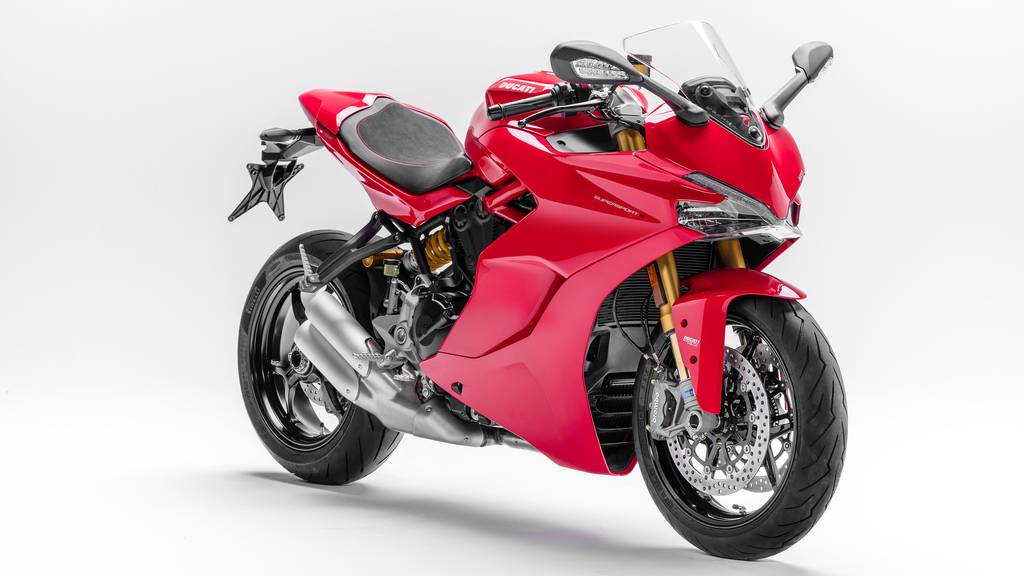 The Ducati SuperSport and SuperSport S are meant to be friendly, easy to ride sportsbikes and come powered by the same engine as the Hypermotard 939
The Ducati SuperSport and SuperSport S are meant to be friendly, easy to ride sportsbikes and come powered by the same engine as the Hypermotard 939
Chassis and chassis geometry
The Daytona is the oldest design here and it uses the sharpest geometry of this trio. Rake is under 24 degrees and the trail figures are the smallest as well. Add in the smallest wheelbase as well as the lightest weight of the three and you know that the Triumph is an all-out sportsbike, designed to turn fast, feel resposive and produce lap times. The 959 has only marginally more rake and trail but as Ducati's do, it sits on a longer wheelbase. And at the track, this produces a more stable motorcycle though steering effort is generally a little higher as a result. The Supersport as an interesting mix of the longest wheelbase of the three, the same rake as the 959 but less trail. We would expect to see the Supersport feels neutral and natural but not as quick to turn as the 675 or quite as happy to fall to big lean angles as the 959. There are multiple reasons why, including the Diablo Rossi IIIs on the Supersport which have a gentler profile that an the more aggressive Supercorsas (Triumph) and the Rosso Corsas (959). In a similar vein, while all three motorcycles have fully adjustable suspension you can bet that within the Ohlins range, for instance (all three have Ohlins equipped models), the Supersport has the most comfortable state of tune out of the box - because outright performance is not its goal like the other two.
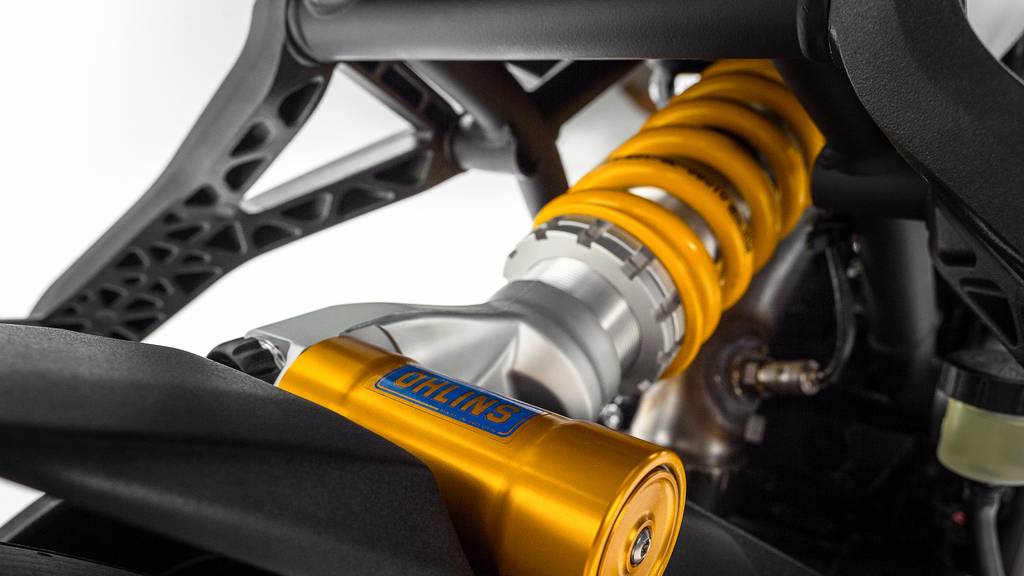 The Ducati SuperSport S gets higher-spec Ohlins suspension at both ends
The Ducati SuperSport S gets higher-spec Ohlins suspension at both ends
Electronics
The Daytona shows its age in this one area. The Triumph Daytona is one of the few models that still doesn't get ride-by-wire and that's why it is also the least electronic of the three bikes - it only has ABS. The Ducatis lead the motorcycle electronics revolution. They both get 8-speed traction control and 3-level Bosch 9MP ABS, plus riding modes. The 959 also adds 3-level Engine Brake Control which helps settle the chassis quicker at turn entries by offsetting compression braking related suspension effects.
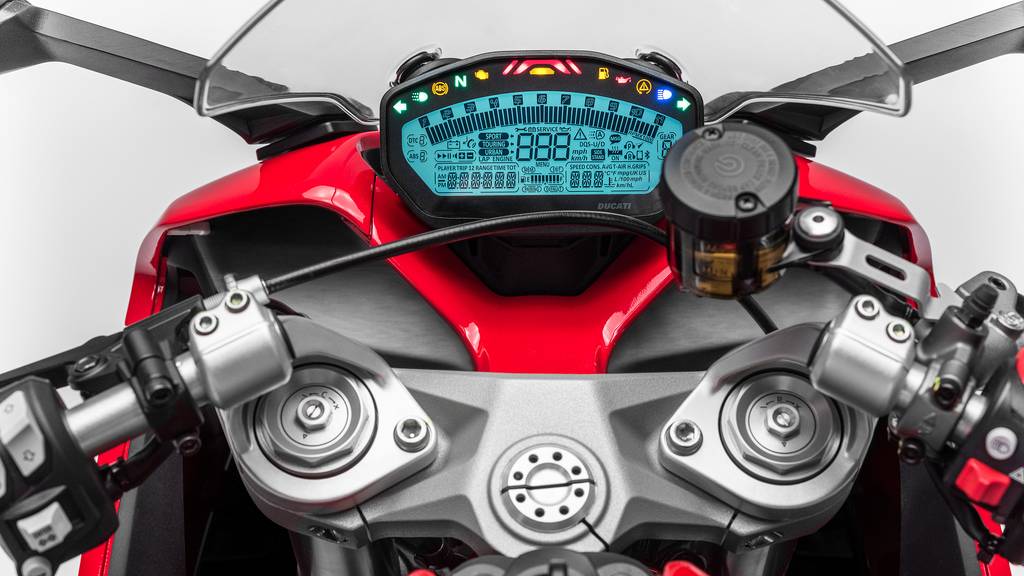 The Ducati SuperSport and SuperSport S use an all-digital dash
The Ducati SuperSport and SuperSport S use an all-digital dash
Ergonomics
This is where the greatest difference will be. The Daytona and the 959 both use 830mm seats while the Supersport uses a more friendly 810mm seat height. The Supersport footpegs are less rearset than the other two as well as lower which eases the rider triangle and allows a more comfortable all-day sporty posture. And just look at the massive risers on which the Supersport's clip-ons sit. This is a triangle that is closer to, say, the Kawasaki Ninja 650 than the 959.
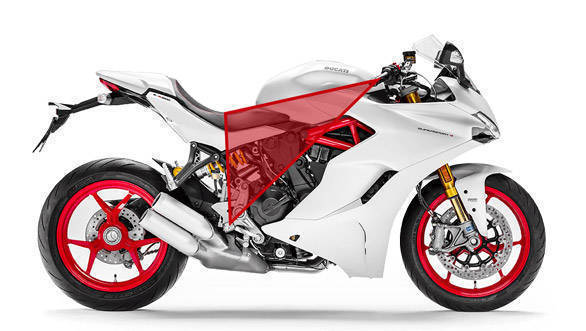 The Ducati Supersport has a relatively relaxed rider triangle with the pegs right under the hip point and the handlebars places high and closer than the other two
The Ducati Supersport has a relatively relaxed rider triangle with the pegs right under the hip point and the handlebars places high and closer than the other two
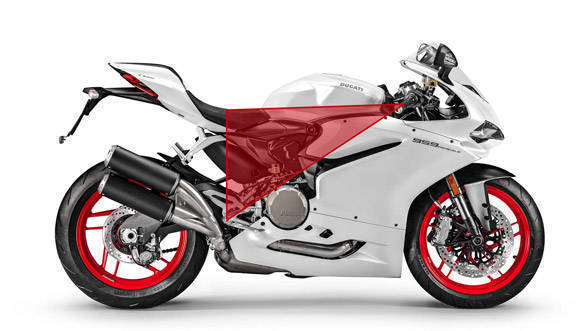 The Ducati_959 Panigale's rider triangle immediately makes obvious how much farther and lower the handlebars are. Not ethe higher and farther back footpeg position as well
The Ducati_959 Panigale's rider triangle immediately makes obvious how much farther and lower the handlebars are. Not ethe higher and farther back footpeg position as well
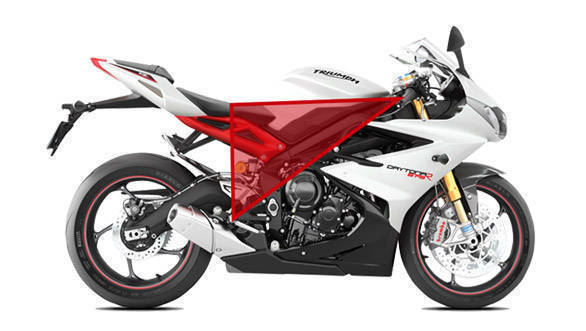 The Daytona's triangle is very similar to the 959 Panigale but note that the higher cant of the subframe permits a bigger span from the seat to the footpeg
The Daytona's triangle is very similar to the 959 Panigale but note that the higher cant of the subframe permits a bigger span from the seat to the footpeg
Overall
The point is that the Ducati Supersport isn't billed as a Panigale - as a focussed sportsbike - for a good reasons. The previous Supersport (or SS) models were already known to be sharp-ish sportsbike that did rather well at touring and commuting than the hardcore sportsbike like the 851 or 916 and that family of motorcycles. And that was the point. The legions of SS fans will tell you that apart from being rather sweet to ride, the SS models were not completely at sea when faced with the racetrack either.
And that is the promise of the Supersport. A faired motorcycle that has been backed off from the tightly wound things that the sportsbikes have become today. Ducati makes it explicitly clear in their presentations that the Supersport aims for commuting and the highway as the primary areas for their new motorcycle. And as we have seen from the specifications, that seems to tally with what they've done with the motorcycle too.
All that remains, then, is for us to go ride it and test it in Indian conditions. Stay tuned.
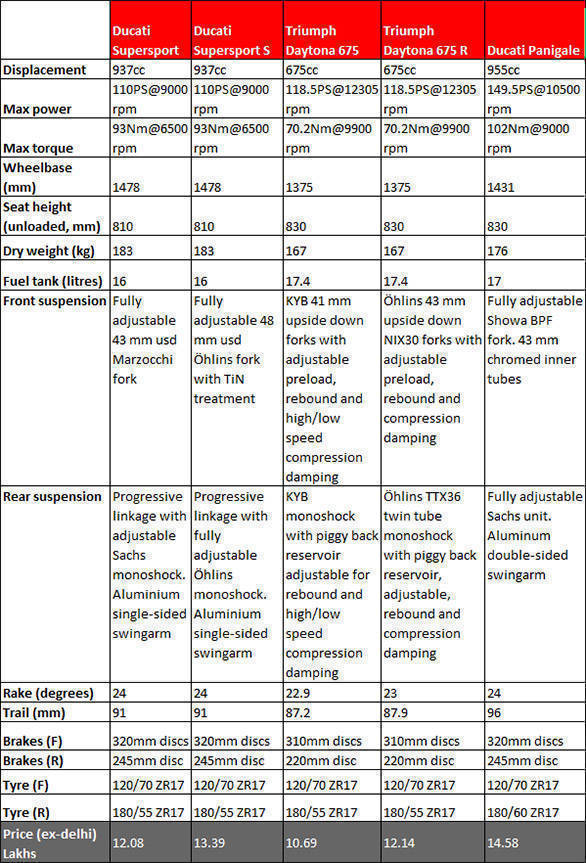
Starts Rs 15,30,000
1103cc
6-Speed
214.00
124.00
-NA-
-NA-
937cc
6-Speed
110.10
93.00
-NA-
Starts Rs 6,24,000
649cc
6-Speed
68.00
64.00
-NA-
-NA-
675cc
6-Speed
118.50
70.10
-NA-
-NA-
675cc
6-Speed
118.50
70.10
-NA-
Related Stories
Top Stories
Latest Videos
Most Popular
- Budget Sportbike Showdown: Kawasaki Ninja 500 vs Aprilia RS 457 vs Yamaha YZF-R3
- Mumbai-Pune Expressway speed restrictions updated
- Upcoming Mahindra XUV 3XO: All you need to know
- 2024 Hyundai Creta vs Toyota Urban Cruiser Hyryder vs Skoda Kushaq comparison review - the hype is real?
- 2014 Triumph Daytona 675 vs 2024 Kawasaki ZX6R - A Decade of Evolution in Supersport Motorcycles
